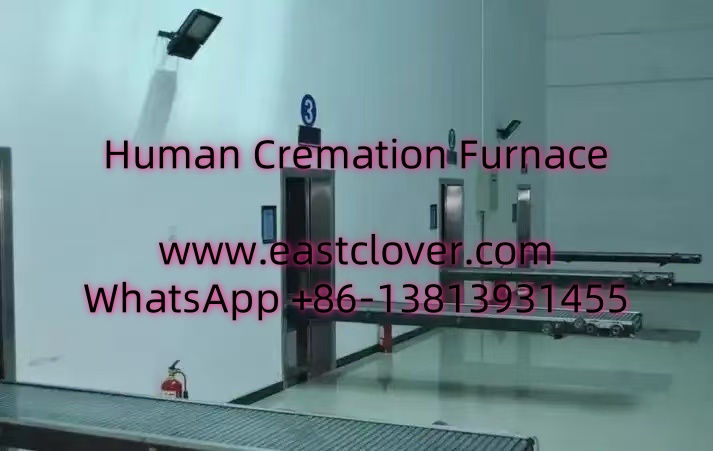The Mortuary Crisis During COVID-19
The COVID-19 pandemic caused unprecedented mortality rates globally, overwhelming healthcare systems and mortuary infrastructure. Morgues, hospitals, and crematoriums faced severe backlogs due to the surge in fatalities. Traditional facilities were unable to keep pace, leading to distressing scenarios where bodies were stored in refrigerated trucks or makeshift spaces. This crisis demanded rapid, scalable solutions to ensure dignified handling of the deceased while mitigating public health risks.
Container Cremation Furnaces: An Innovative Solution
Container cremation furnaces emerged as a critical response to the mortuary overload. These portable units, built within repurposed shipping containers, provided a flexible and efficient alternative to traditional crematoriums. Key features included:
- Mobility: Easily transportable by road, rail, or sea, enabling deployment to hotspot areas.
- Rapid Installation: Operational within days, requiring minimal infrastructure.
- High Capacity: Capable of processing 10–20 bodies daily, depending on model size.
- Eco-Friendly Technology: Equipped with filters to reduce emissions and comply with environmental standards.
Countries like India, China, and Italy quickly adopted these systems to alleviate pressure on existing facilities. The modular design also allowed governments to scale operations up or down based on demand.
How Container Cremation Furnaces Work
These furnaces use high-temperature incineration (870–980°C) to reduce organic matter to ashes. Advanced models include secondary combustion chambers and scrubbers to minimize pollutants. Automated controls ensure consistent operation, reducing the need for specialized operators. The ashes are collected in sealed containers, which are then returned to families or handled according to local regulations.
Challenges and Ethical Considerations
While effective, container cremation furnaces faced challenges:
- Public Perception: Communities often viewed them as impersonal, exacerbating grief.
- Environmental Concerns: Despite emission controls, skepticism about air quality impacts persisted.
- Logistical Hurdles: Coordinating with local authorities and families required careful planning to maintain transparency.
Authorities addressed these issues through community engagement, transparent reporting, and adherence to cultural practices where possible.
www.southclover.com
Container cremation furnaces played a pivotal role in managing the mortuary crisis during COVID-19. Their rapid deployment, scalability, and efficiency provided a stopgap solution when traditional systems faltered. While challenges remain, the pandemic underscored the importance of adaptable infrastructure in public health emergencies. These innovations may also serve as a blueprint for future disaster response strategies.
FAQs
How do container cremation furnaces differ from traditional crematoriums?
They are portable, faster to deploy, and designed for temporary use. Traditional crematoriums are permanent structures with higher daily capacities but lack mobility.
Are these furnaces environmentally safe?
Modern units include pollution control technologies like scrubbers and filters to meet emission standards. However, continuous monitoring is essential to ensure compliance.
Can families retrieve ashes after cremation?
Yes, ashes are collected in sealed containers and returned according to local protocols, similar to traditional methods.
Were these furnaces used outside pandemic settings?
Yes—they’ve been deployed in disaster zones and refugee camps where conventional mortuary infrastructure is unavailable.
What is the cost comparison to permanent crematoriums?
Container units are generally more cost-effective for short-term use but lack the long-term efficiency of established facilities.

Comments are closed